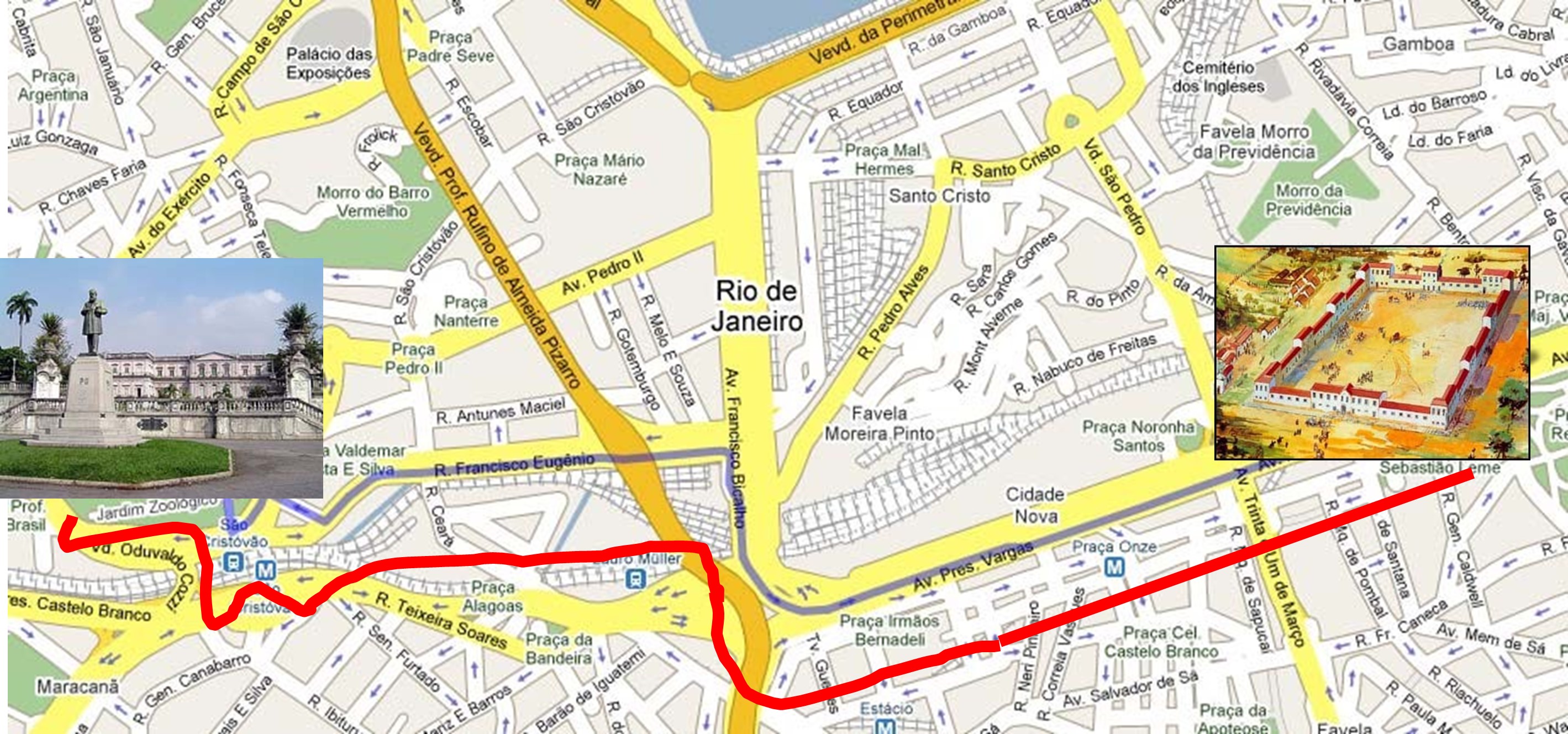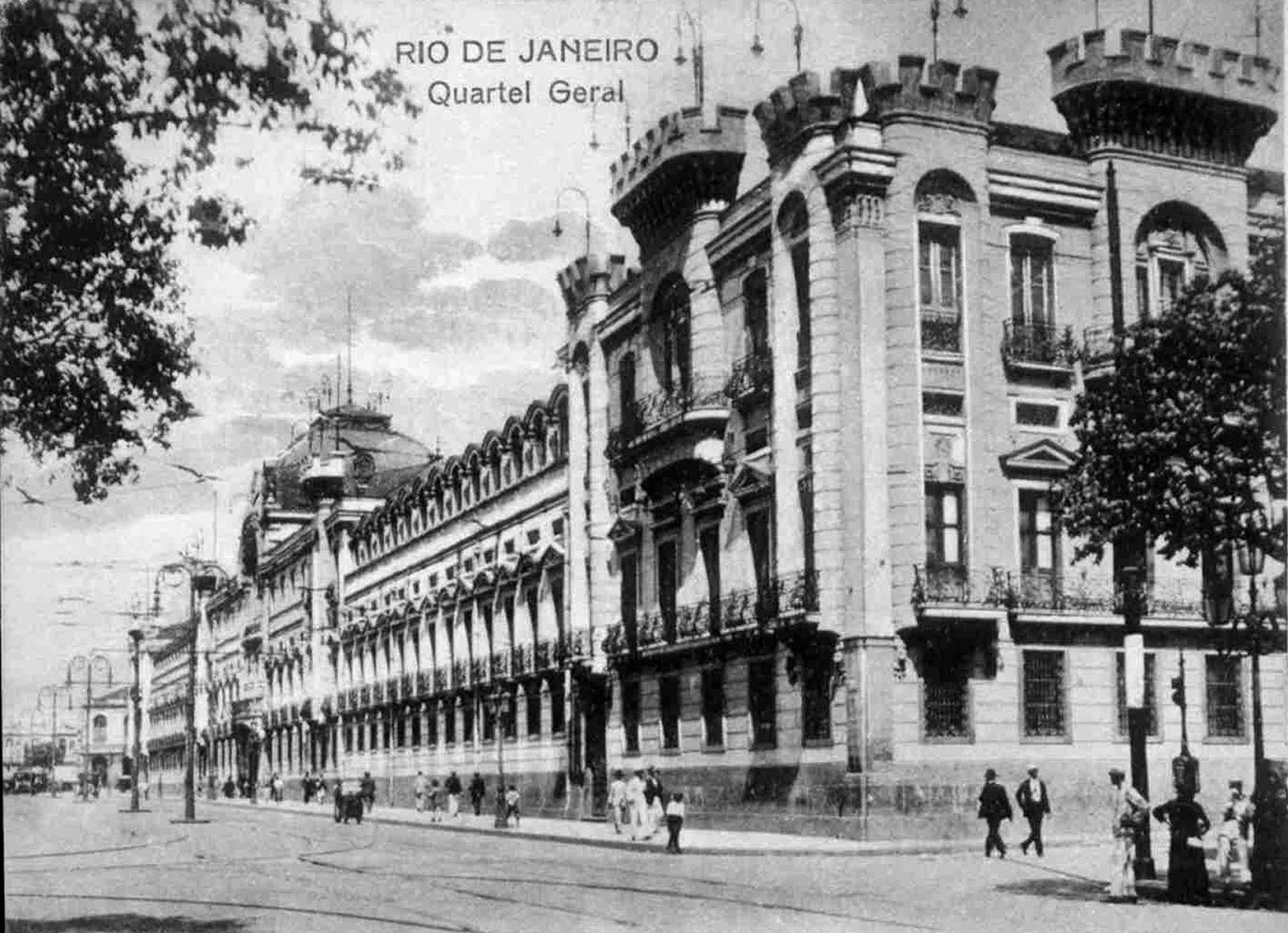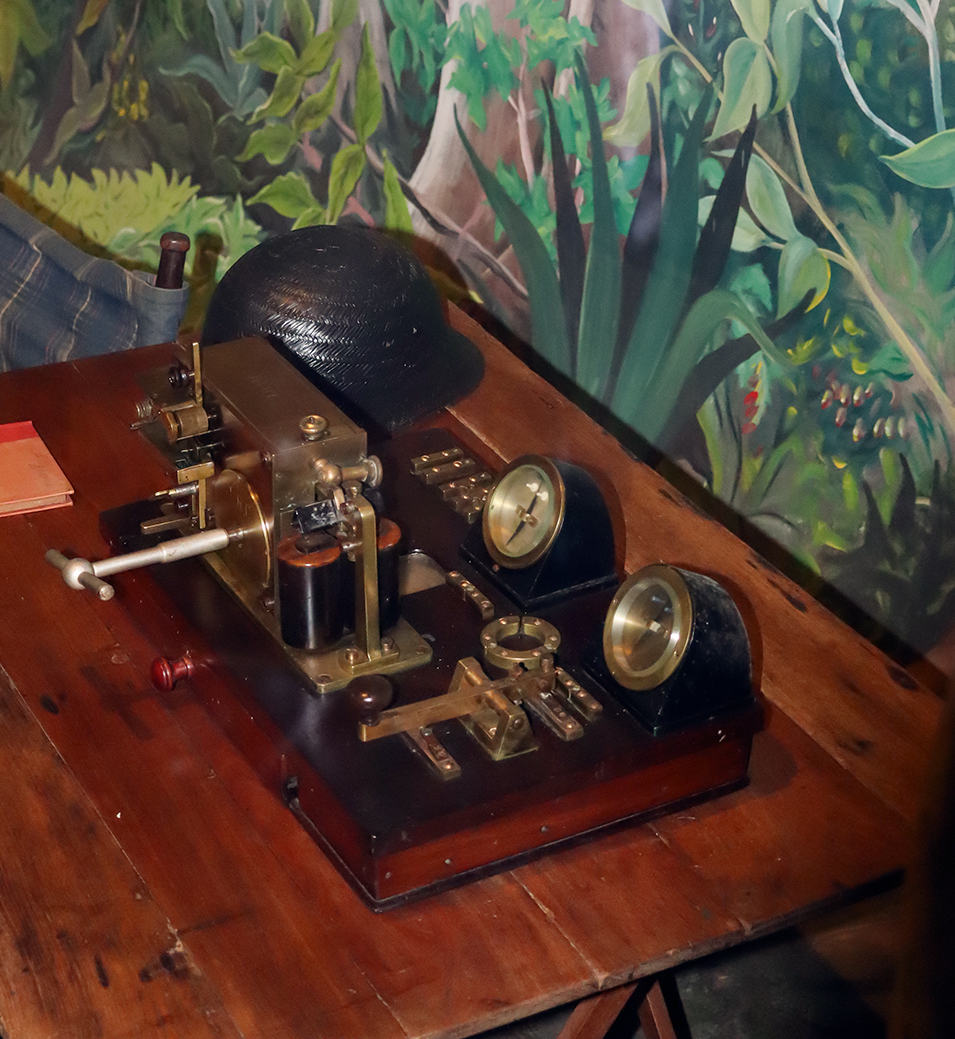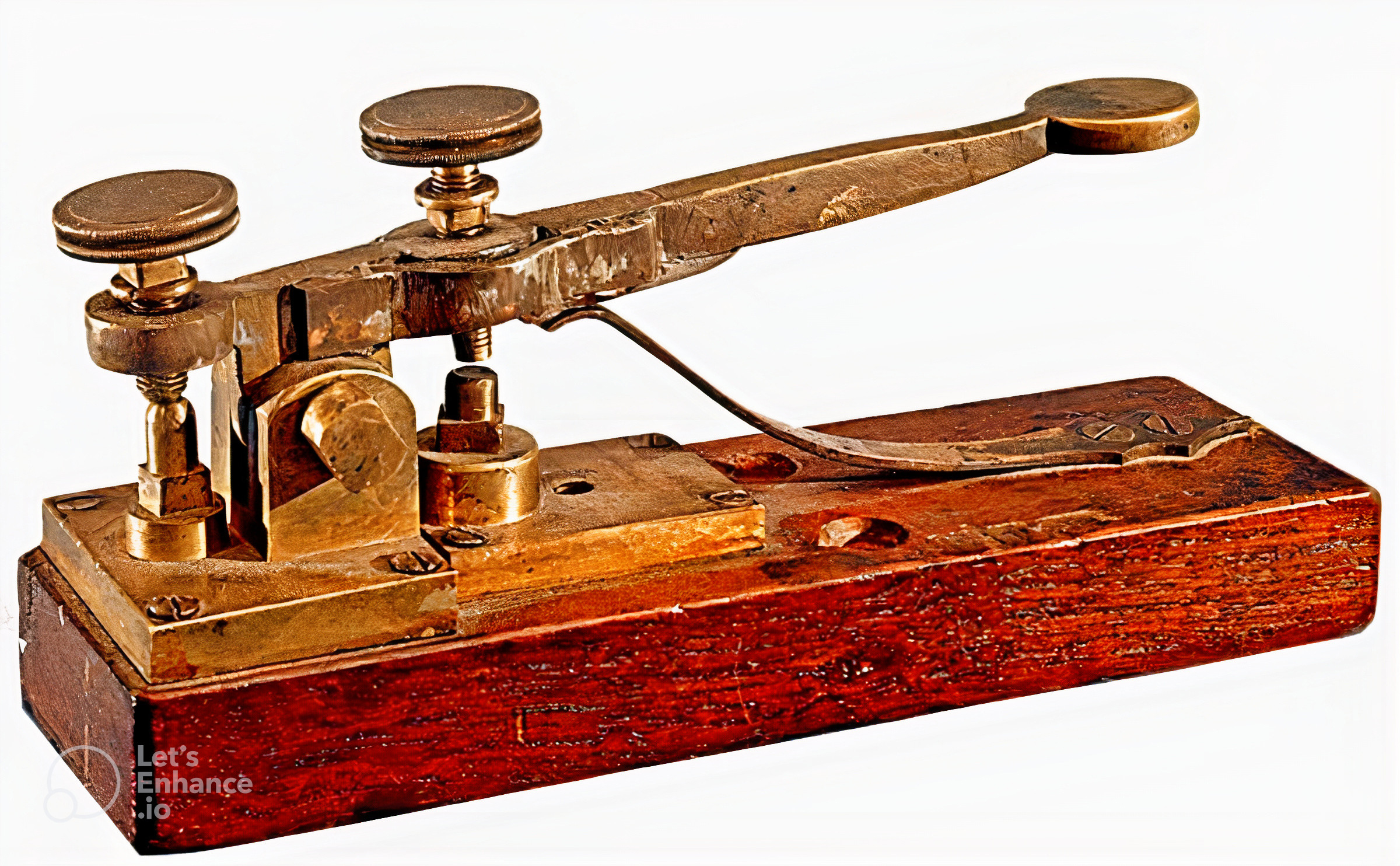Telegraphic Line
1822-1889
The arrival and development of telegraphy in Brazil was a milestone in the second half of the 19th century. This process was notable both for the scientific and technological advance represented, and for the connection between science and political, economic and commercial interests in the period.
The first efforts to develop this project date back to 1851. However, it was only on May 11st, 1852, that the objective was fully achieved. On that valuable day, the first Brazilian telegraph line was inaugurated, installed between the Army Headquarters and the Imperial Palace, with 4,300m in length, highlighting itself for being completely underground.
According to some historians, the project carried out by the Minister of Justice at the time, Eusébio de Queiroz Coutinho Mattoso Câmara (1812-1868), which had as one of its objectives to help combat the slavery in Brazil. In this sense, we can say that the installation would become decisive for the process of social development of the country.
This work had the central participation of military engineers, especially Guilherme Schüch de Capanema (1824-1909), professor of physics at Central School and his assistants, academics José Joaquim de Oliveira, Ernesto Gomes Moreira Maia and Bento José Ribeiro. Sobragy. Another highlight in this process was the participation of Colonel Polydoro Quintanilha da Fonseca Jordão (1802-1879), commander of the police in that period.
With the participation of the outstanding military, this mission was accomplished and the process of development of Brazilian telegraphy was, effectively, inaugurated. The success of this line brought, as a consequence, the progressive growth of the use of the telegraph.




